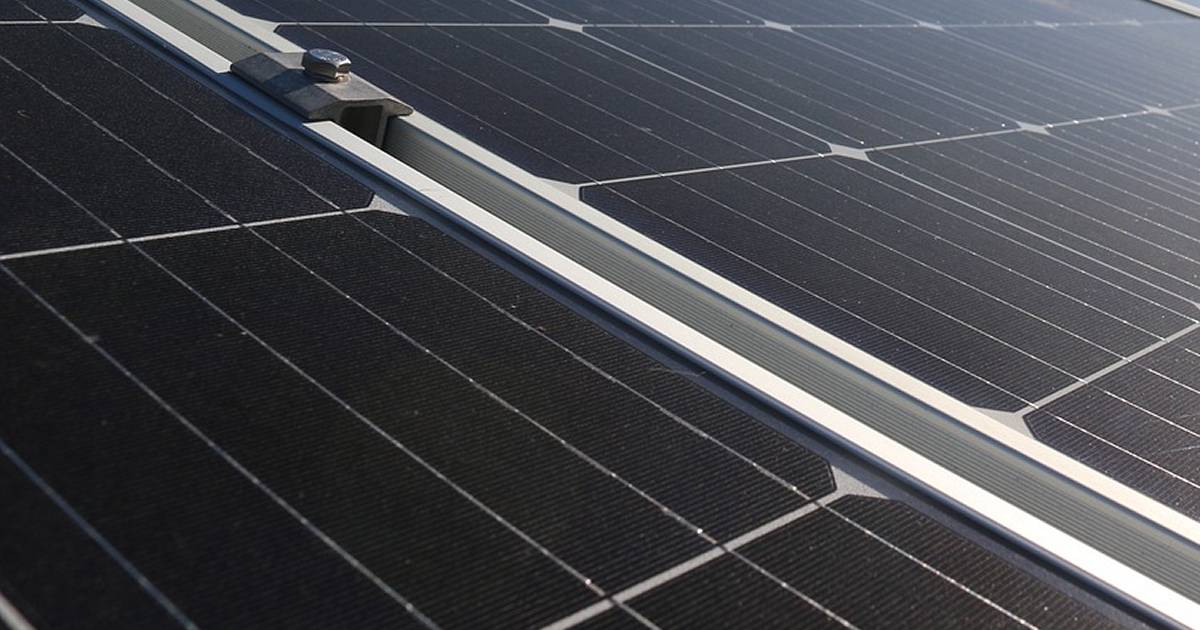
The nature of some proposed regulatory changes to create “smarter homes” in South Australia have been met with criticism from both the CEC and Smart Energy Council.
In late June this year, SA’s Department for Energy and Mining kicked off a consultation on proposed new technical standards to support the orderly transition to net-100 per cent renewable energy in South Australia.
Among the proposed changes:
- Remote disconnection and reconnection requirements for distributed solar power systems
- Export limit requirements on distributed solar systems
- New low voltage ride-through requirements for smart inverters
- Smart meter minimum technical standards
On the topic of remote disconnection and reconnection, SQ’s Ronald published an article on the topic after it was proposed by the Australian Energy Market Operator in April this year and subsequently created some unnecessary panic. SQ’s Richard has written on dynamic export limits.
According to the AEMO, SA is the first gigawatt scale power system in the world (to the best of its knowledge) to approach zero operational demand due to a high level of that demand met being by distributed energy resources, which include the South Australia’s 282,000-plus small scale (<100kW capacity) solar power systems. In a situation when SA is separated from the National Electricity Market, sufficient demand and the right combination of power generation is needed for system security – and these proposed changes are seen as part of the solution.
Consultation papers for each of the above can be found here. Little time was allowed for submissions, with the closing date last Friday.
CEC – Picking Winners In Advance Of Standards
The CEC said while it supports the proposal for dynamic export limits in principle, it is concerned the SA Government’s timeline of mandating technical solutions from the beginning of next year will be counterproductive.
“We strongly doubt that the proposed timeframe is achievable,” states the CEC. “Even if the proposed timeframe could be achieved, it could come at the cost of undermining the goals of interoperability and cyber security in the longer term.”
The CEC is troubled that the SA Government has signaled a desire to run with this in advance of an Australian Standard or even an industry best practice guideline.
It also raised concerns about remote remote disconnection/reconnection and said the timeframe for low voltage ride-through requirements was oblivious to the practical limitations of test laboratories to undertake the testing required.
Smart Energy Council – Timelines Unrealistic
The Smart Energy Council and its member companies were also “deeply concerned” about the proposed timeframe for these changes.
- Remote disconnection and reconnection capabilities – September 2020 too soon
- Low voltage requirements – September 2020 “unworkable”
The Smart Energy Council believes the consultation papers also create “red flags” in relation to transparency, data storage and control; and impact on solar customers and workers – among other issues. Its submission can be found here.

 RSS - Posts
RSS - Posts



Speak Your Mind